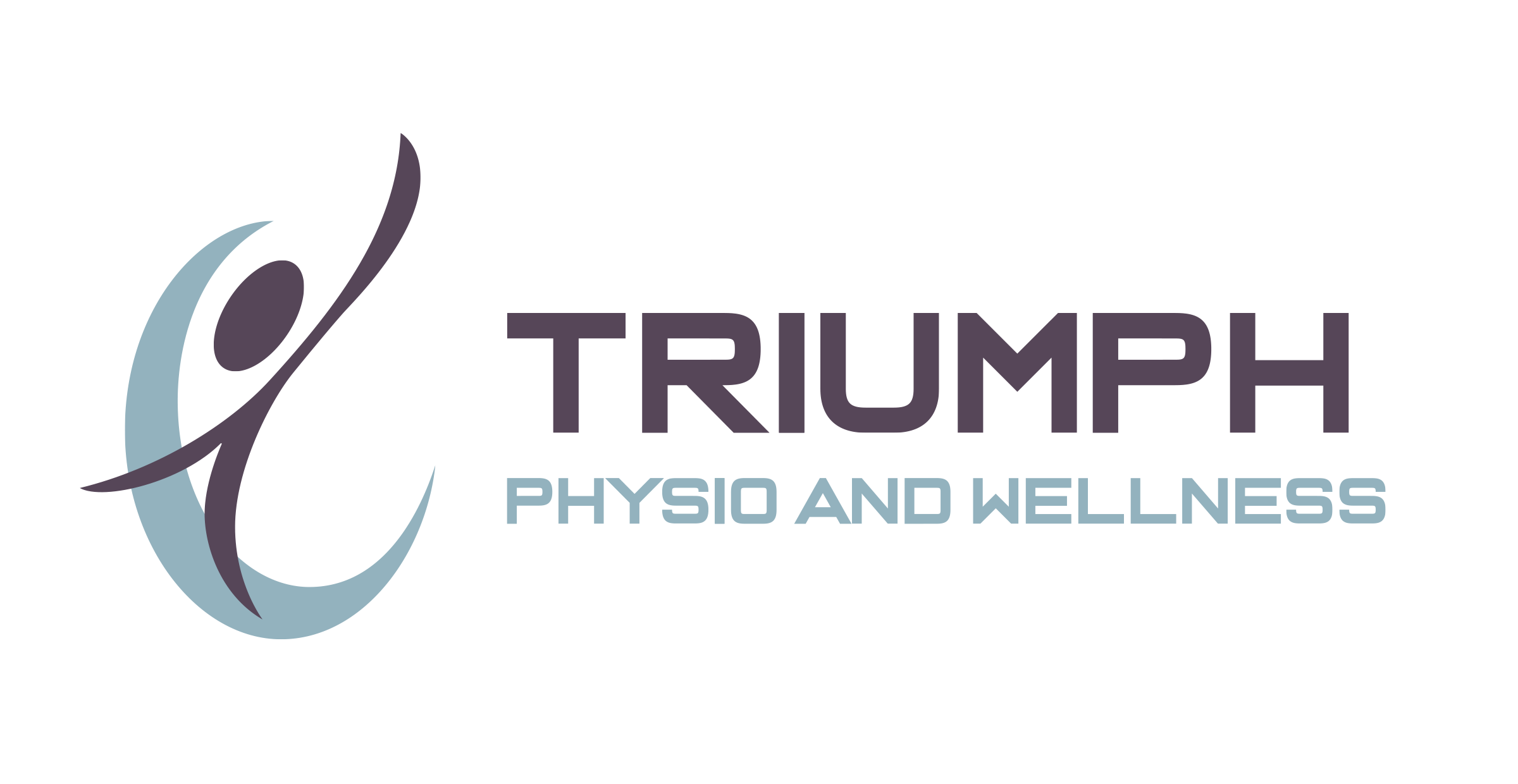Are Your Legs Overworked or Underworked? Signs of Each and What to Do Next
When it comes to getting the exercise you need to feel your best, balance is essential. For those of us who regularly play sports, go to the gym, or do cardio, we rely on our legs to carry our weight, move with grace, and support our entire body. That’s why it can be such a concern when your legs are either overworked or underworked.
In this guide, we’re going to look at signs of overworked and underworked legs, explain the possible impacts of each, and offer the first steps on getting these vital muscle groups back into a good balance.
5 Signs of Underworked Legs
First, we’re looking at the most common signs that your legs have been underworked compared to the rest of the body. Bear in mind that having these signs doesn’t necessarily mean you’ve been skipping leg day or are following a bad exercise plan. They can just as easily be caused by other conditions, injuries, or overuse.
If you notice these signs in yourself, it might be time to look at new strategies to strengthen and train your legs in order to prevent injury and improve performance:
1. Stiffness
If your legs often feel stiff, especially after using them during exercise or after a period of inactivity, it’s often a sign that these muscles are underworked. When we go through most of our lives without taking the time to strengthen and move our legs, the muscles become tighter and less mobile. This might make you feel sore or unsteady when getting up after a long day at your desk, or force you to take longer recovery periods after you do exercise your legs.
2. Reduced flexibility
Related to stiffness, it’s not uncommon for people with underworked legs to experience a lack of flexibility. ‘Working’ your legs isn’t just about strengthening—it’s also about stretching your muscles, tendons, and ligaments, helping to promote and maintain a fuller range of motion.
3. Weakness when moving or lifting
Another clear sign that your legs are underworked is a sensation of weakness when using them. For some people, this might make something as simple as walking feel like a challenge, while other people might discover it when they try to lift something heavy off the ground. Much of our body’s power comes from the large muscle groups in the legs, which means weakness in these areas can lead to overuse injuries and strains in other parts of the body.
4. Cramps and other pains
If you frequently deal with muscle cramps and other pain in the legs, it might be a sign that they’re underworked. If your muscles aren’t used often enough, they begin to stiffen, leading to painful strains and cramps, even if you’re just resting.
5. Heaviness
Leg heaviness is a term used to describe the uncomfortable, tired, achy sensation some people get from underworking the muscles in this area. You might experience this after sitting for prolonged periods, but it can also occur after periods of leg exercise if your body isn’t accustomed to the strain.
5 Signs of Overworked Legs
Next, let’s look at the signs that you’re overworking your legs, whether through excessive time on your feet at work, overtraining at the gym or during sports practice, or simply overdoing it on a long hike. Bear in mind that most of these signs are shared with underworked legs, so it’s important to keep your routine in mind when determining the source of your discomfort.
1. Pain
If you wake up after a run, leg day at the gym, or a soccer practice and find yourself in above-average pain, it’s usually a sign that your legs were overworked. While some soreness is expected after a tough workout, this shouldn’t cross the line over to outright pain. If it does, it’s a sign you’re overexerting your leg muscles.
2. Muscle tightness
Consistently overworking your legs without proper recovery time can lead to the muscles contracting and tightening. This can quickly limit your flexibility, making it harder to stretch or perform dynamic motions.
3. Cramping
We all get a little cramp from time to time, but if you’re consistently getting muscle cramps, spasms, or numbness in your legs, it probably means you’re overworking them. A sustainable exercise plan, adequate hydration, and plenty of recovery time are essential for preventing painful cramps.
4. Weakness
Ironically, overtraining your legs can actually make them weaker, especially without enough recovery time. In order to strengthen muscles, your body needs time to regenerate muscle tissue after it’s torn during exercise. If you continue to work your legs when you should be recovering, your muscles won’t be able to get stronger, leading to a feeling of weakness when moving or lifting.
5. Fatigue
Like with underworked legs, overdoing your leg strengthening and exercise can lead to your legs feeling heavy, tired, and hard to move. This effect only compounds the more you try to train through it, since your body never gets the opportunity to regenerate and strengthen the muscle fibres in your legs.
What to Do About Overworked or Underworked Legs
As you can see, there’s considerable overlap between the signs of overworked and underworked legs. While you can probably guess which one you’re dealing with based on your usual exercise habits and routines, it can still be hard to address the issue on your own.
Stretching, hydration, getting enough sleep, and regular movement are all essential for preventing leg pain and other problems. But if you’re already dealing with the issues above, you’re probably looking for longer term relief.
Whether you’re dealing with excessive pain and stiffness from overtraining in the gym or feeling a sensation of weighty fatigue after long days at the office, physiotherapy is one of the best ways to address these leg-related issues. Here at Triumph Physio, we work with people faced with both underworked or overworked legs, creating sustainable, healthy exercise regimes that let you strengthen your legs without overdoing it.
Contact us today if you need proper assessment and physio treatment for your legs! Whether they're underworked or overworked, we can help.
Disclaimer: This BLOG content is provided for informational purposes only and is not intended as a substitute for professional medical advice, diagnosis, or treatment. The creators of this BLOG are not liable for any actions or decisions taken by individuals based on the information presented herein. Always seek the advice of your physician or other qualified healthcare provider with any questions you may have regarding a medical condition.
Creative Commons Attribution: Permission is granted to repost this article in its entirety with credit to Triumph Physio and Wellness and a clickable link back to this page.

